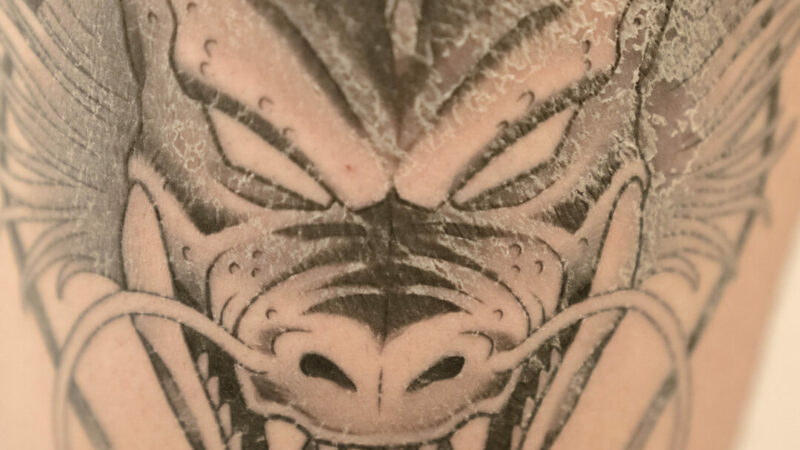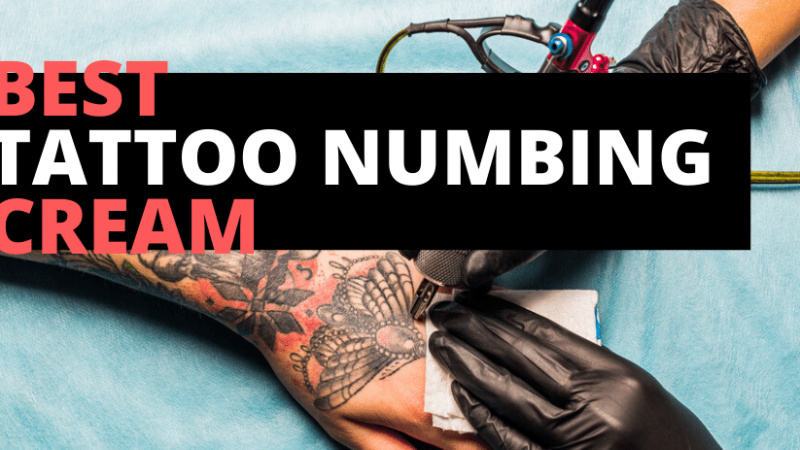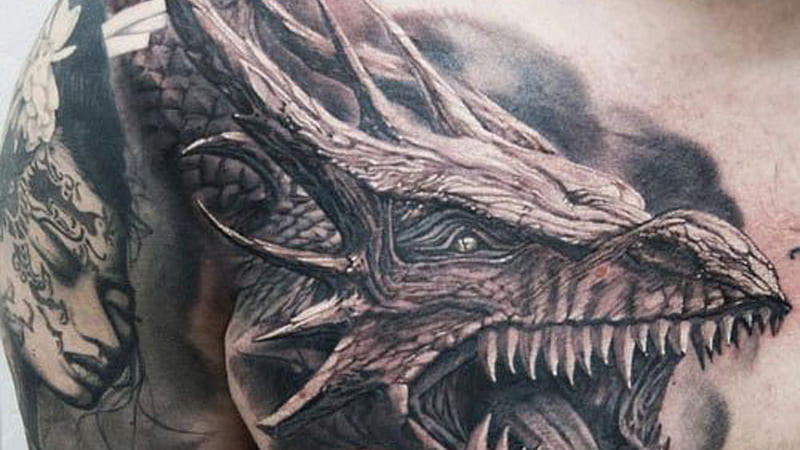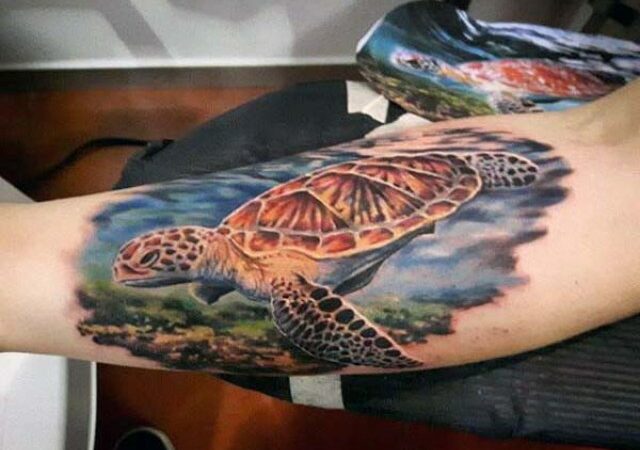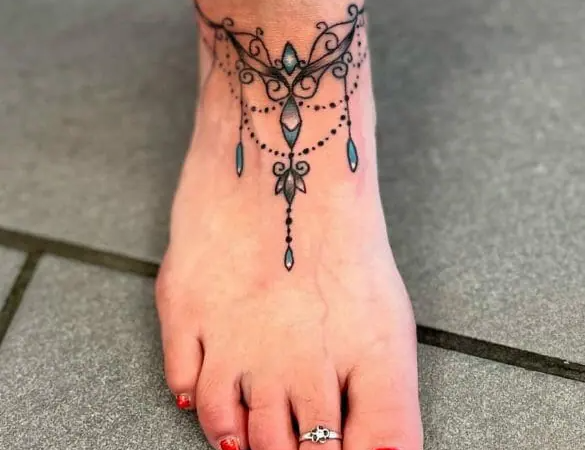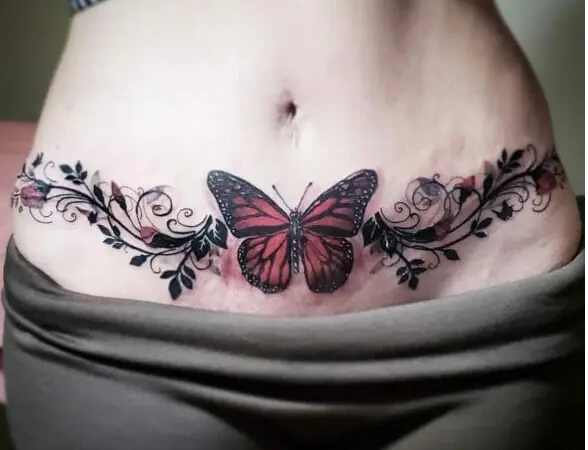Everything to Know About VCH Piercing
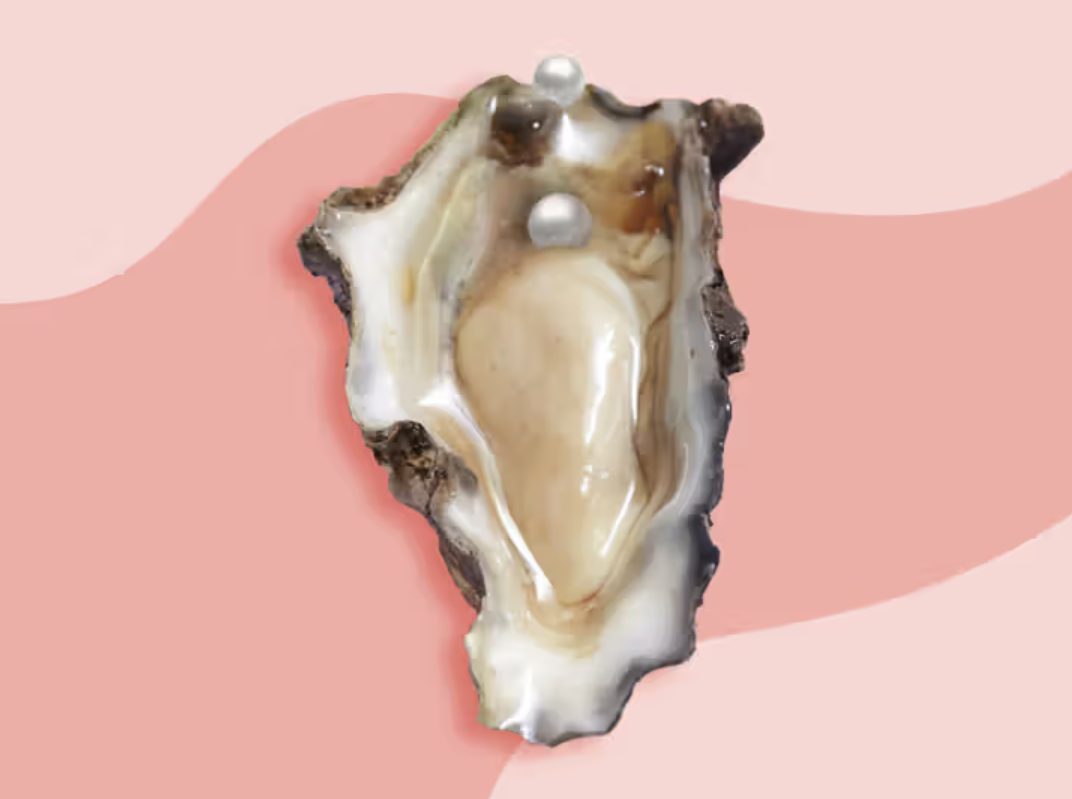
VCH Piercing – Body modification has been a part of human culture for centuries, and one of the more popular and intimate forms of self-expression is genital piercing.
The Vertical Clitoral Hood (VCH) piercing is a unique and delicate piercing that has gained popularity for its potential to enhance sexual pleasure and aesthetic appeal.
In this blog, we will explore everything you need to know about VCH piercing, from the procedure itself to aftercare and its potential benefits.
What is VCH Piercing?
The Vertical Clitoral Hood piercing is a type of female genital piercing that involves piercing the vertical hood of the clitoris, which is the fold of skin that covers and protects the clitoris. This piercing is placed so that the jewelry rests against or comes into contact with the clitoris, potentially enhancing sensitivity and sexual pleasure.
The Procedure
Before you decide to get a VCH piercing, it’s important to understand the procedure and what to expect:
- Choose a reputable and professional piercing studio: Look for a piercing studio with experienced piercers who follow strict hygiene and safety standards.
- Consultation: You will have a consultation with your piercer to discuss the placement, jewellery options, and any questions or concerns.
- Sterilization: The piercer will sterilize the area and mark the spot where the piercing will be placed.
- Piercing: A small, straight or curved barbell or hoop is inserted through the hood, and the jewellery rests against or near the clitoris.
- Healing: VCH piercings typically take 4 to 6 weeks, but it can vary from person to person.
Choosing the Right Jewelry
The vertical clitoral hood piercing offers various options for jewelry, including straight barbells, curved barbells, and hoop styles. Some individuals prefer captive bead rings for the added sensation of the bead. The choice of jewelry style should primarily be based on your pleasure and comfort.
Feel free to experiment with different options. You can select longer or shorter barbells, switch between straight and curved barbells, or try out hoop jewelry to determine what suits you best. Your piercer can also provide valuable guidance based on your preferences.
Express yourself with your VCH piercing jewelry by exploring various designs. You can opt for a sleek ball on one end with a bezel-set gemstone on the other to add some glamour to your piercing. Alternatively, you may choose a more elegant look with pearl or faux turquoise beads.
Aftercare
Using common sense is key to taking care of your piercing. For example, avoid activities like biking or horseback riding right after getting a VCH piercing.
However, once you’re comfortable, you can resume regular activities, including sex, when your body feels ready. Your body will guide you in this.
Here are some dos and don’ts for taking care of your piercing while it heals:
Do the following:
- Be gentle with your piercing.
- Wash your hands with soap and warm water before touching the piercing.
- Use a saline solution to clean it, even after sex.
- Take daily showers.
- Pat it dry gently with a clean towel or paper towel.
- Use protection with a partner or sex toy, and use water-based lubricants if needed.
- Change out of wet or sweaty clothes promptly.
- Keep your jewelry in place at all times.
While healing, avoid the following:
- Don’t play with the piercing, and don’t let others touch it.
- Prevent your partner’s mouth or bodily fluids from contacting the piercing.
- Always use barrier methods during sex.
- Please don’t touch it with unwashed hands, whether yours or someone else’s.
- Avoid using harsh soaps or strong hygiene products for cleaning.
- Stay away from pools, hot tubs, lakes, or any water bodies until fully healed.
- Don’t wear clothing that might irritate the piercing, and refrain from removing your jewelry.
Potential Benefits
Beyond aesthetic appeal, VCH piercings are often cited for their potential benefits, including:
- Enhanced sexual pleasure: The jewelry’s contact with the clitoris may increase sensitivity, enhancing sexual experiences.
- Boosted self-confidence: Many individuals find genital piercings boost their self-esteem and empower them to embrace their bodies.
Risks and Considerations
To determine if your clitoral hood can accommodate this piercing, you can perform a self-assessment before consulting a piercer. Gently insert a lubricated q-tip into your clitoral hood, and most of the tip should comfortably fit inside for the piercing to be feasible.
Having an open and honest conversation with your piercer is crucial, as it involves discussing your sexual preferences and allowing them to conduct a thorough examination of the piercing area.
The suitability and placement of a VCH piercing are highly dependent on your anatomy and desired sensations. If you’re uncomfortable with these discussions or unwilling to let the piercer assess the area, this piercing may not suit you.
If you already have hypersensitivity in the clitoral area, it’s important to consider whether the VCH piercing is appropriate for you. This piercing is designed to enhance sensitivity, so if you are already highly sensitive, it may be too intense.
However, you can explore alternative female genital piercings for aesthetic purposes by discussing options with your piercer.
How much does the VCH piercing cost?
Expect to set aside approximately $100 for the piercing cost.
When it comes to genital piercings, it’s really important to find a piercer who is a specialist.
While more people are getting genital piercings, some piercers have limited experience with them, having only done a few in their careers. That lack of experience can lead to improper placement and potential issues.
So, it’s essential to choose someone who knows their stuff, even if it means travelling to a different city or state.
Read more – Everything You Need to Know About Smiley Piercing
Conclusion
Vertical Clitoral Hood piercing is a unique and intimate form of self-expression. It offers the potential for enhanced sexual pleasure, but it’s crucial to approach the procedure with careful consideration and research.
Always choose a professional piercer, follow proper aftercare, and be aware of the potential risks and benefits. Ultimately, the decision to get a VCH piercing should be a personal one, and it’s essential to prioritize your comfort, safety, and well-being.
FAQs:
1. Is VCH piercing painful?
- Pain levels vary from person to person, but many describe the piercing as a brief, sharp pinch or sting. The discomfort typically subsides quickly after the procedure.
2. How long does it take for a VCH piercing to heal?
- VCH piercings typically take about 4 to 6 weeks to heal, although individual healing times can vary.
3. Can I engage in sexual activities with a new VCH piercing?
- It’s generally recommended to abstain from sexual activities that could irritate the piercing during the initial healing period to avoid complications. Your piercer can guide on when it’s safe to resume sexual activities.
4. Can I change the jewellery in my VCH piercing immediately after the initial piercing?
- No, leaving the initial jewellery in place is crucial until the piercing has fully healed. Changing the jewellery too soon can lead to complications and hinder the healing process.
5. How can I clean my VCH piercing?
- Clean the piercing with a saline solution or sterile saline wound wash twice a day. Avoid using harsh chemicals, alcohol, or hydrogen peroxide, as they can irritate the area.
6. What types of jewellery are suitable for a VCH piercing?
- Common jewellery options for VCH piercings include straight or curved barbells and circular hoops. High-quality materials like surgical steel, titanium, or niobium are recommended to reduce the risk of allergies and infections.
Read More – The Art and Science of Daith Piercing: A Comprehensive Guide
